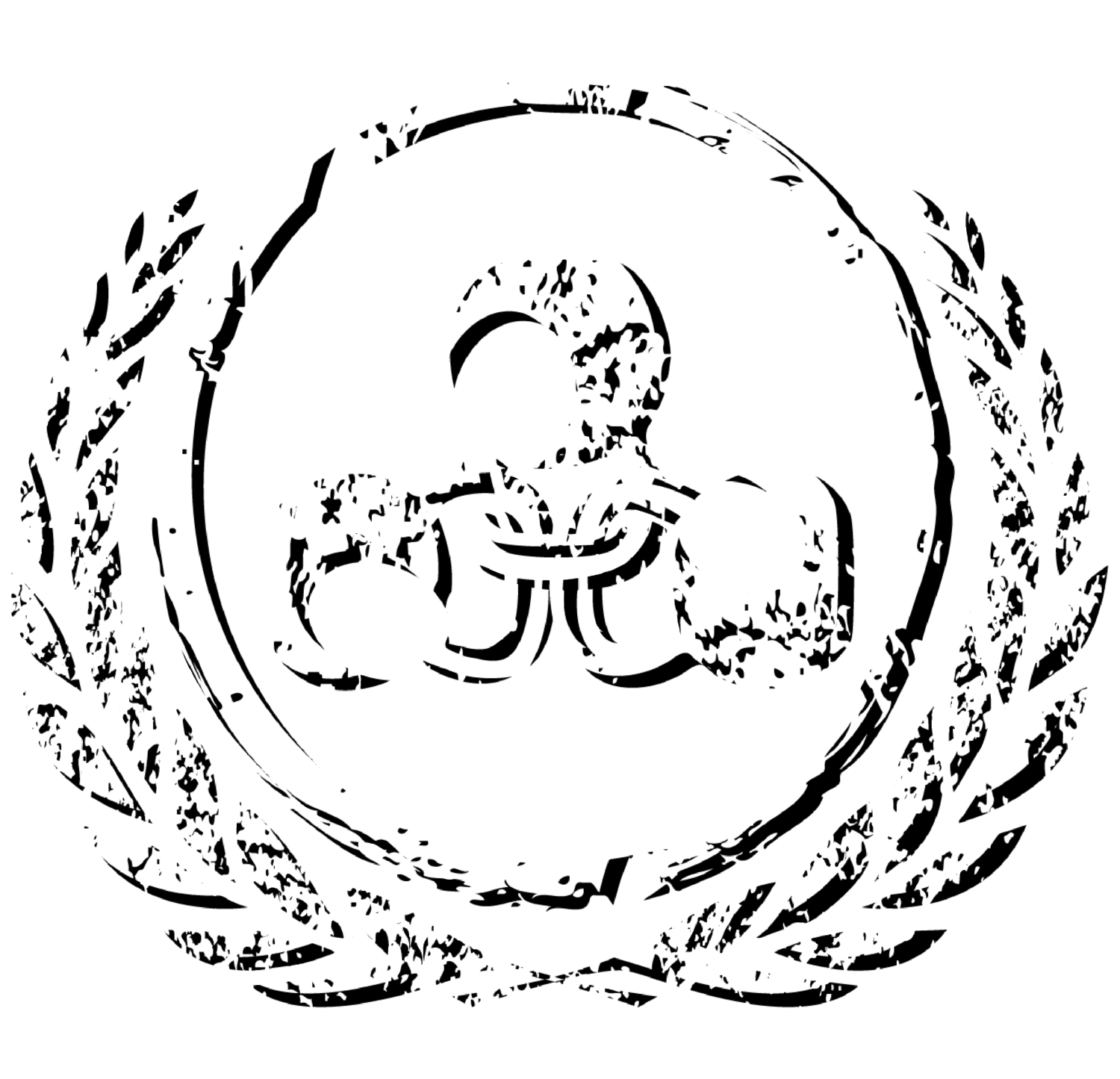The CrossFit Open is a magical time of year. It’s Christmas-like magic brings out the best in many athletes. For five weeks we see the Internet flooded with firsts: first muscle-ups, toes to bar, chest-to-bar pullups. With a little extra fire in our drive, many athletes are able to do what they once thought they could not. Many of us earn our firsts during the Open.
After it’s over we coast on the fumes for a bit; we are motivated and excited to practice our new skills. Often, this magic wears off and we forget all about the practice until next time the new movement we have earned is programmed into a workout. We insist on doing it Rx because as the Open showed, we can do muscle-ups/toes to bar/add-any-movement-here now. We do them in the workout but they are scrappy and messy. We continue to do them that way from now on.
The magic of the Open is always a double-edged sword. Although we are able to showcase our inner grit and confidence to do that which we thought we could not do, the Open also encourages us to try things we maybe shouldn’t yet try. We launch ourselves over the rings having practiced no muscle-up no drills, crumble out of a handstand having practiced no negatives. Sometimes we walk away with success, other times it is an injury.
I made this bad choice a few years ago when CrossFit first introduced the bar muscle-up in the Open. I army- crawled and chicken-winged over the bar nine times, to my elation. They were sloppy and I had a massive bruise on the inside of my arm for a week, but they still counted. From then on I stopped doing drills and just kept practicing crappy muscle-ups. Fast forward to two years later when my shoulder hurt while I still chicken-winged over the bar. I had to go back and undo bad habits, to learn them properly, and it is taking more work than it would have if I practiced them right the first time.
Rx doesn't mean athletes use a certain weight or complete a number of reps in any way possible; Rx is intended to be a prescription to use a weight or execute a skill with good movement standards while fulfilling the intended stimulus of a workout. For example, Fran is intended to be intense, so that means we scale the workout so we can move as quickly as possible while maintaining virtuosity in all movements. It is supposed to be a sprint. If we can do pull-ups but can only do one or two at a time, we cannot sprint through Fran, and therefore lose intensity and the intended stimulus of the workout. Sure, it is really hard to let go of the Rx designation and scale when we can technically do a movement Rx. But doing a movement Rx once or barely is not the same as executing it safely in a WOD. Growth and improvement come from doing what the workout intends while drilling good movement patterns, not from using a prescribed weight that drills bad form. If tomorrow our coaches asked any of us if we wanted to perform a movement safely or in any way possible, all of us would probably choose safety. Then why is it when a workout comes along we sometimes choose the “any way possible” option?
Often we are well-intended and try to make the responsible choice, and it is hard to predict what a workout will feel like by the last round. Sometimes we want to push ourselves and go a bit heavy or do all fifty reps, and that grit is commendable. Maybe we try out three reps during the warm-up and they feel good, but they fall apart halfway through the workout. Those are all valuable moments of learning. But there are other times when we know that we are choosing Rx even though our form is bad from the start. Those are the moments to be honest with ourselves and scale. Easy fix? Ask your coach what the workout was designed to do, then choose your weight or reps to match that intention.
It is satisfying to master a skill or a use an Rx weight in a WOD. But if we choose to go Rx in a workout but are not yet strong enough, mobile enough, or coordinated enough we are just postponing our own growth and improvement. Doing every workout Rx will not guarantee more strength or skill, but scaling appropriately will. Sure, sometimes the basics are boring, but they always guarantee growth. Give yourself permission to scale.
“Poor movement patterns are most easily corrected when doing the basics. If you’re having difficulty fixing poor positions or movement patterns, scale the movement and take it ALL the way back to the start and reinforce proper form before adding difficulty.”
-Coach Elaine Yodor of the CrossFit Gymnastics Seminar Team


